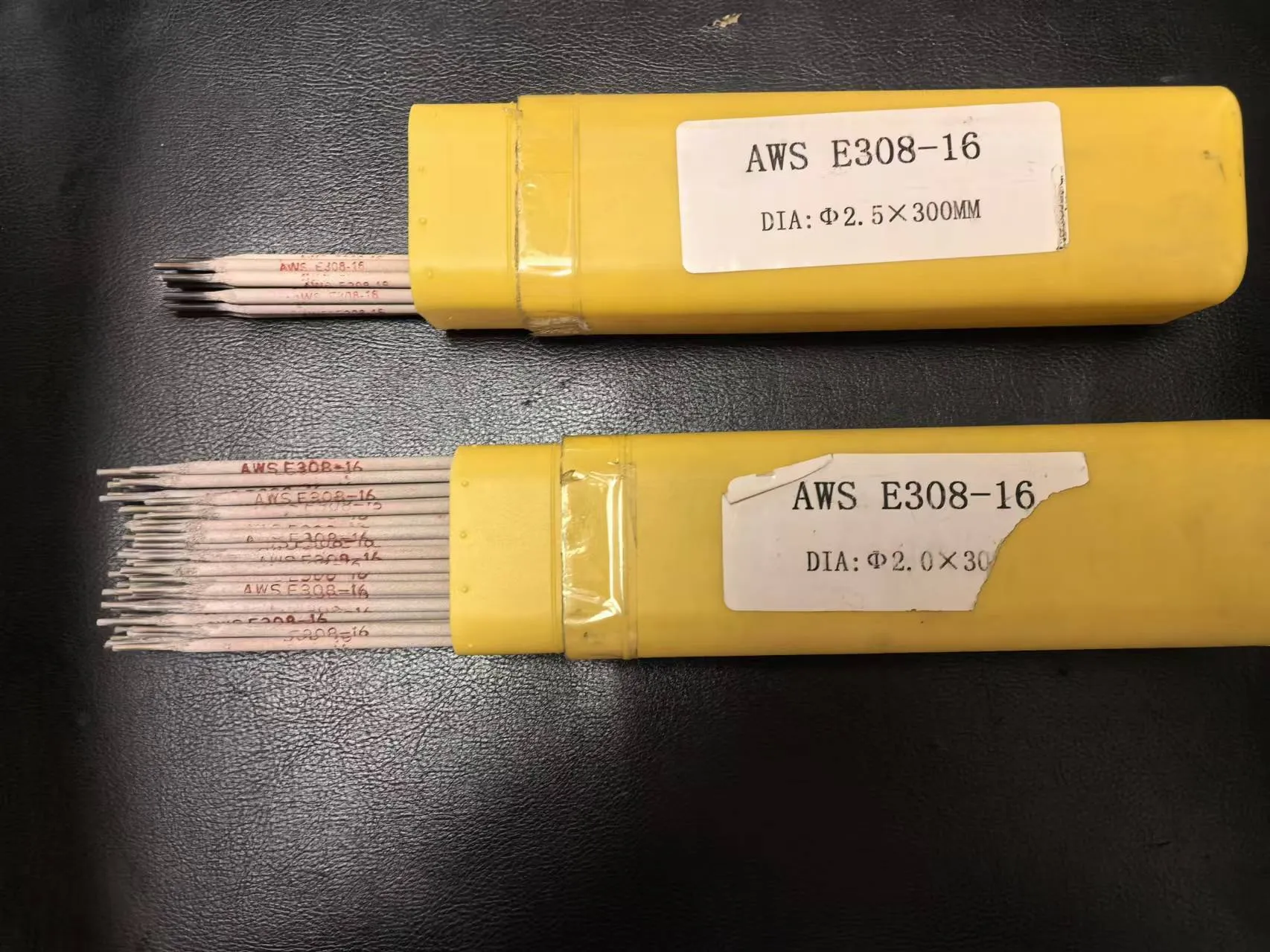6011 vs 6013 vs 7018
Jan . 17, 2025 04:12
When it comes to welding, choosing the right electrode is crucial for achieving optimal results. The electrodes 6011, 6013, and 7018 are some of the most commonly used across various applications. Each has its unique properties and best-use scenarios, offering specific advantages based on the type of metal and the welding environment. Here, we delve into these differences to provide a comprehensive understanding of which electrode might be the best fit for your needs.
For professionals, the choice between 6011, 6013, and 7018 often comes down to project requirements, material thickness, and weld position. Each electrode offers unique features—6011 for its deep penetration and versatility; 6013 for ease and control, especially on thinner materials; and 7018 for high-strength, low-hydrogen welds on critical projects. Understanding these distinctions not only improves weld quality but also enhances productivity and minimizes reworks. When making a final decision on which electrode to use, consider the specific conditions of your welding project. Evaluate the environment—outdoors or indoors, the thickness of the metal, the required strength of the weld, and the intended applications. Additionally, ensure your equipment can accommodate the electrode's power requirements, whether alternating or direct current. The choice of welding rod impacts the quality and durability of your welds significantly. While it can be tempting to focus solely on cost, considering the long-term implications of your choice ensures a more efficient and successful welding project. Whether you are repairing a tractor on a rural farm, crafting artistic metalwork, or constructing a skyscraper, selecting the right electrode is pivotal. By understanding the characteristics of 6011, 6013, and 7018, welders can confidently choose the best tool for their specific challenge, enhancing both the weld’s integrity and overall project success. With the right knowledge and electrode, craftsmanship in welding transcends from mere functionality to an art form.


For professionals, the choice between 6011, 6013, and 7018 often comes down to project requirements, material thickness, and weld position. Each electrode offers unique features—6011 for its deep penetration and versatility; 6013 for ease and control, especially on thinner materials; and 7018 for high-strength, low-hydrogen welds on critical projects. Understanding these distinctions not only improves weld quality but also enhances productivity and minimizes reworks. When making a final decision on which electrode to use, consider the specific conditions of your welding project. Evaluate the environment—outdoors or indoors, the thickness of the metal, the required strength of the weld, and the intended applications. Additionally, ensure your equipment can accommodate the electrode's power requirements, whether alternating or direct current. The choice of welding rod impacts the quality and durability of your welds significantly. While it can be tempting to focus solely on cost, considering the long-term implications of your choice ensures a more efficient and successful welding project. Whether you are repairing a tractor on a rural farm, crafting artistic metalwork, or constructing a skyscraper, selecting the right electrode is pivotal. By understanding the characteristics of 6011, 6013, and 7018, welders can confidently choose the best tool for their specific challenge, enhancing both the weld’s integrity and overall project success. With the right knowledge and electrode, craftsmanship in welding transcends from mere functionality to an art form.
Related Video
Copyright © 2025 Dingzhou Jinlong Metal Production Co., Ltd. All Rights Reserved. Sitemap | Privacy Policy




























